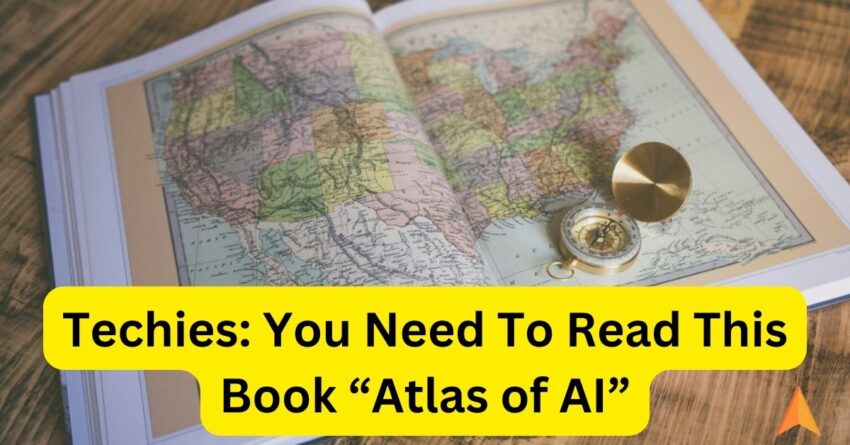Atlas of AI is a phenomenal work by Kate Crawford.
We won’t spoil the sheer joy in reading this book, but here are the major reasons why you should grab a copy today.
- The environment is getting destroyed. AI requires advanced computer chips which rely on extractive and exploitative mining industries. The book describes in moving detail the environmental damage caused by the manufacture of lithium ion batteries. Nvidia now boasts a market cap of over $2.1 trillion. Kate Crawford would argue this is largely because the environmental costs to create its microchips are shouldered by everyone on the planet, not the company itself.
- The models are junk. Really. Non-technical readers (and some techy readers too!) consider AI to be an impartial and unbiased technology. Sure, some models produce problematic results, and companies get embarrassed by taking a product to market too soon. But according to their Whiggish view of history, these are speedbumps in the inevitable march of progress. Kate Crawford presents a devastating portrait of AI, demonstrating how the inputs underlying almost all current models derive from biased source materials.
- Low-cost labor routinely create AI inputs. One of the biggest reasons to doubt the potency of AI is that low-skilled and cheap labor provide all the inputs. Kate Crawford points to Mechanical Turk, which pays pennies to people around the world with the time and an Internet connection, to do simple tasks. For example, they put pictures into categories. These collective efforts have come together to form the basis of a wide variety of now famous large language models. Tech companies have routinely outsourced their own dirty laundry, such as content moderation. Companies like OpenAI are doing the exact same things.
In short, Atlas of AI explores all the dimensions behind the AI/ML industry, shedding light on the real environmental and human costs that we are already paying. It is well worth a read from any technologist who cares about making the world a better place.

